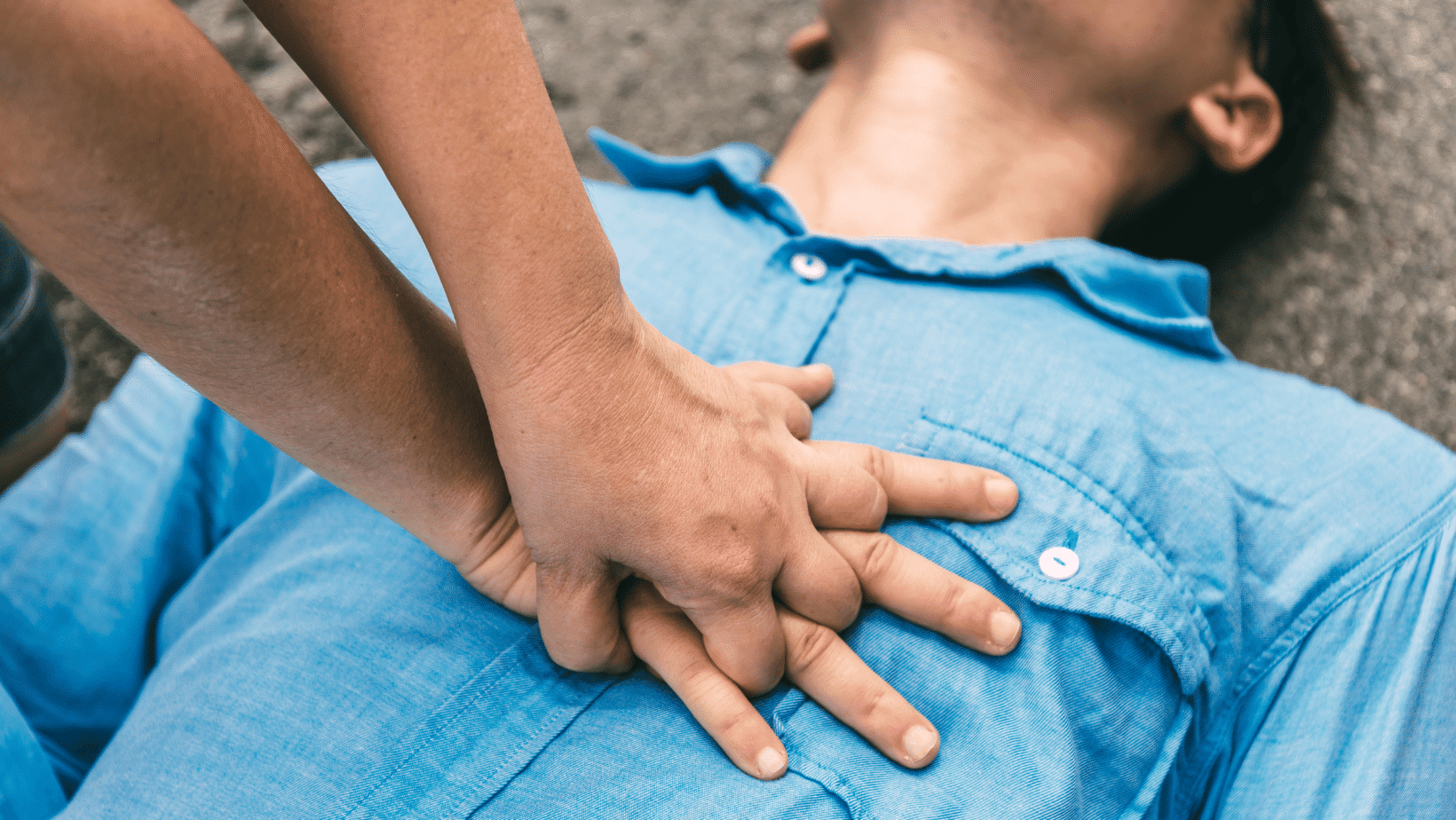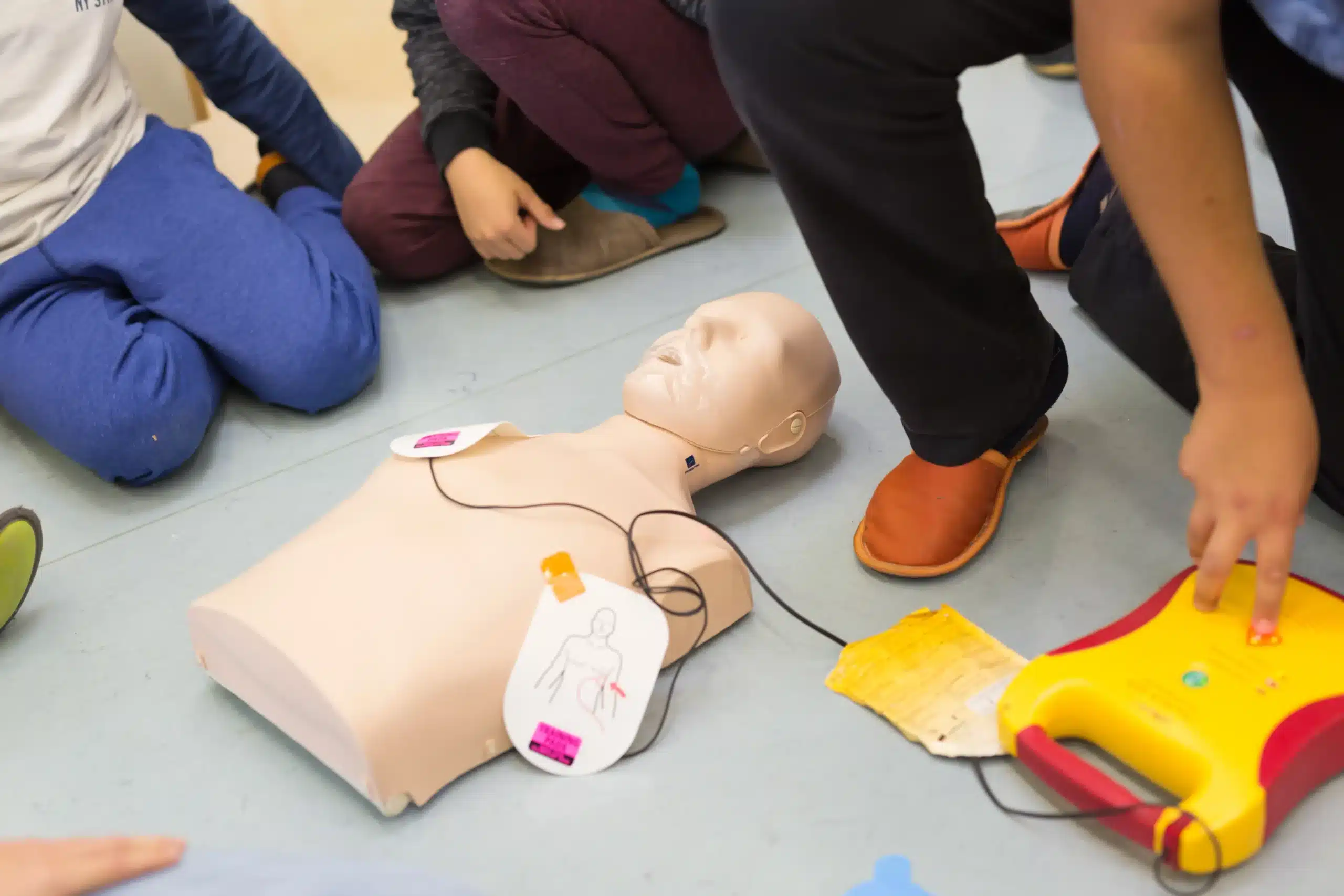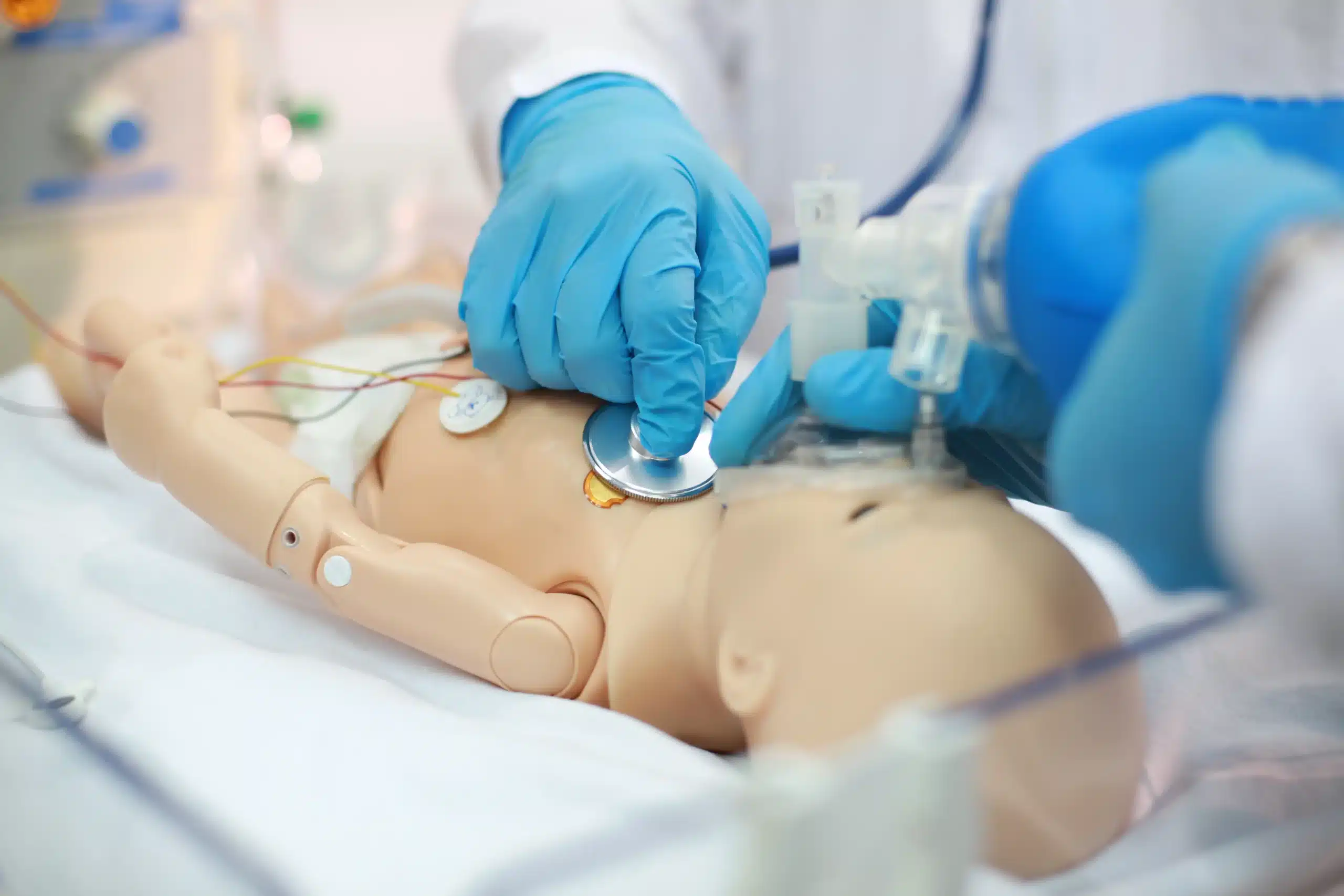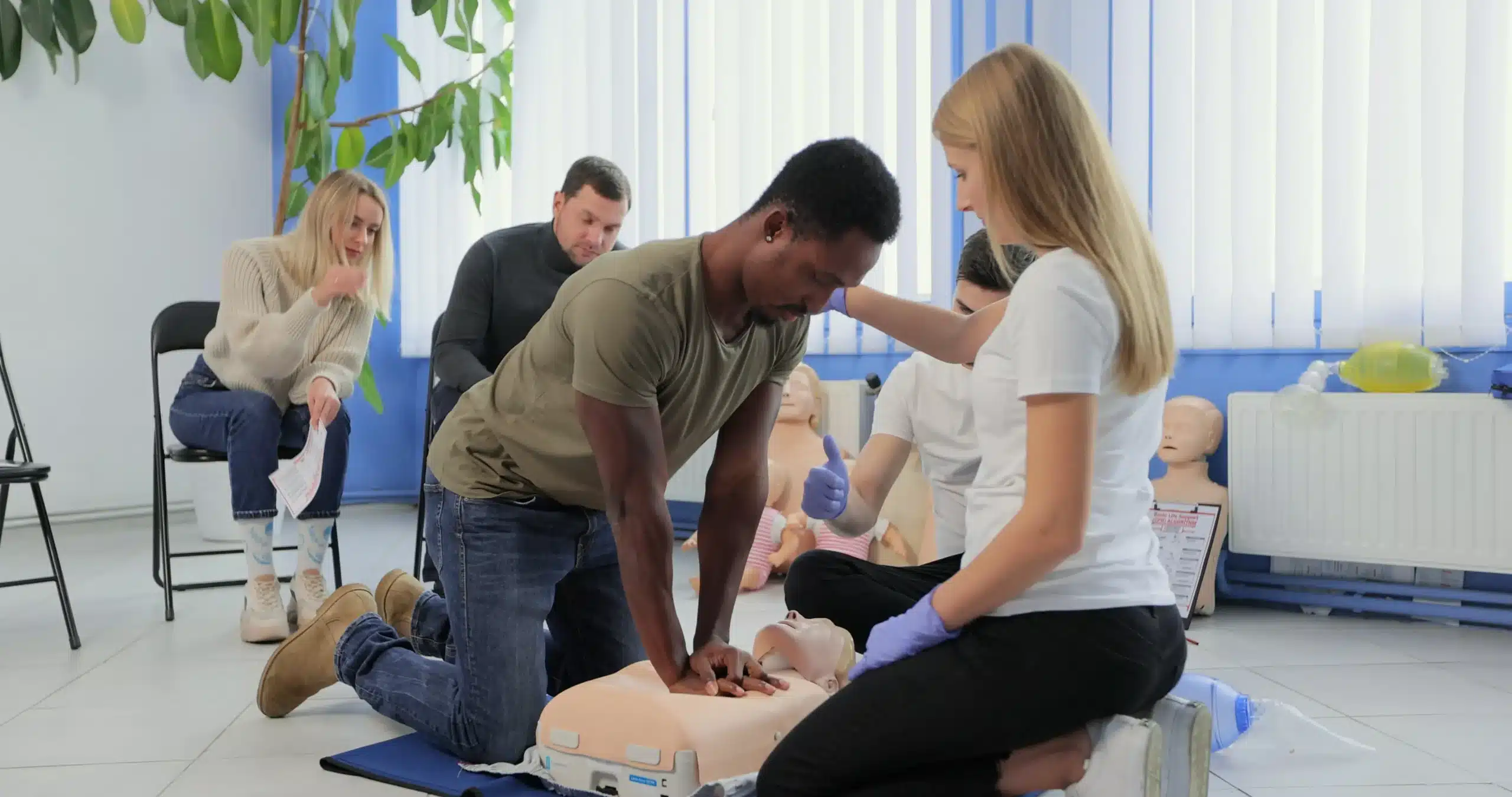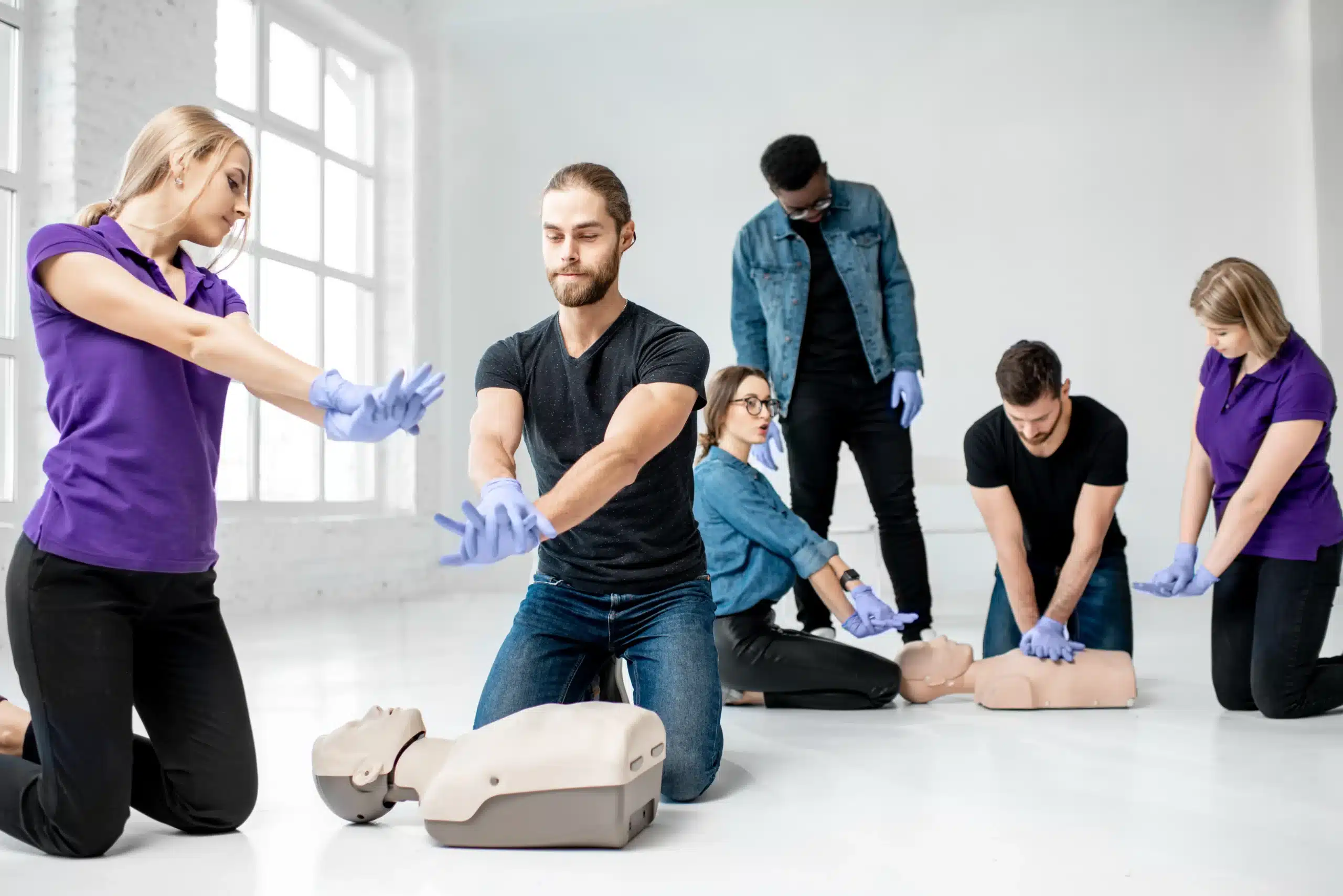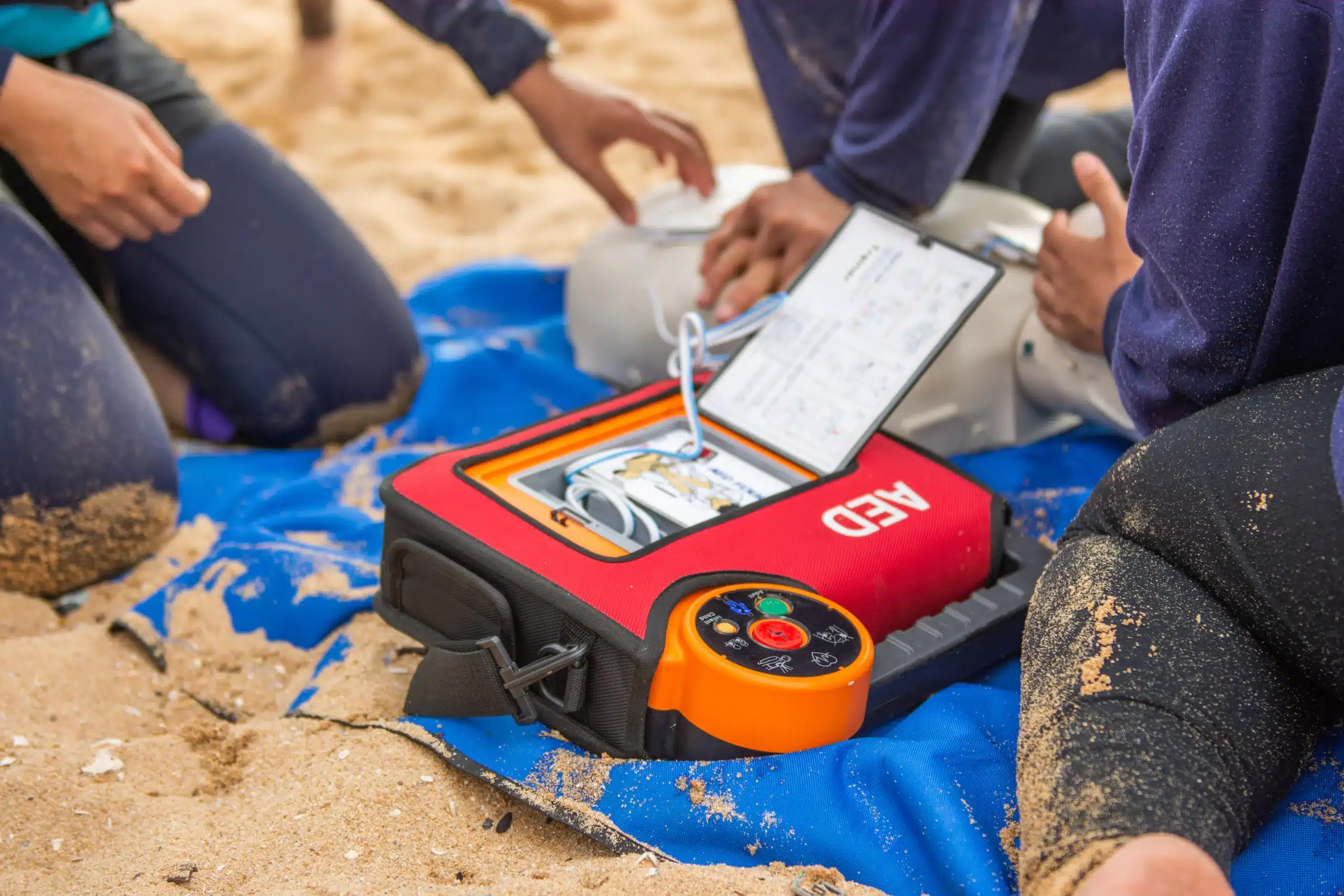8 Tips for Psychological Recovery After CPR
CPR, or Cardiopulmonary Resuscitation, represents a critical moment of dire emergency turned into life-saving action. But what comes after the survival and miraculous resuscitation? Often overlooked, the psychological fallout from such an event can be just as significant and life-altering. For those who have experienced CPR, whether as patients or those who witnessed the event, the recovery is a nuanced tapestry of physical and emotional healing. Here’s a comprehensive guide, structured as a listicle, to aid the psychological recovery process for CPR survivors.
1. Acknowledge the Trauma
The first step in the psychological recovery process is acknowledging that CPR isn’t merely a physical ordeal. It’s a trauma that can incite a range of emotions from fear and anxiety to guilt and helplessness. By recognizing that what happened was traumatic, one can begin the necessary work of emotional healing. It’s natural to feel overwhelmed or out of control following such an event, and labeling the experience as traumatic isn’t a sign of weakness—it’s a step towards processing the emotions that have arisen.
How to Acknowledge the Trauma:
- Recognize the emotional and physical reactions you’re experiencing as valid responses to a life-threatening situation.
- Journal your feelings and thoughts to give a voice to the emotions you might be struggling to articulate.
- Consider speaking with healthcare professionals trained in trauma recovery to gain an understanding of what you’ve been through and how it has affected you.
2. Seek Professional Support
Seeking the counsel of a trained mental health professional is an invaluable resource for those navigating the psychological maze post-CPR. Therapists can help you openly explore your feelings, offer coping strategies, and provide a safe space for you to process your trauma.
Why Professional Support is Necessary:
- Treating the psychological effects of CPR can be as critical as the physical recovery.
- Trauma-focused therapy can provide you with the tools to address and move beyond your traumatic experience.
- Therapists can also recognize signs and symptoms of conditions like PTSD that may require more targeted treatment approaches.
3. Connect with Support Groups
There is immense power in shared experiences. Connecting with others who have been through similar events can be a source of comfort and healing. Support groups create a space for mutual understanding and validation, which are essential elements in the recovery process.
How Support Groups Can Help:
- They can reduce feelings of isolation and alienation by showing you that you’re not alone in your experience.
- Members can share strategies that have worked for them in coping with their own trauma.
- You can provide and receive emotional support, which can be a powerful healing force.
4. Practice Self-Care
Self-care is a term that’s often thrown around in popular culture, but for CPR survivors, it’s an integral part of the recovery process. Engaging in activities that nourish your body and soul can help manage the stress that comes with post-traumatic recovery.
Essential Self-Care Practices for CPR Survivors:
- Regular physical exercise can help relieve stress and elevate your mood.
- Mindfulness and meditation can provide a sense of calm and have been shown to reduce symptoms of post-traumatic stress.
- Ensure that you’re getting enough sleep, as quality rest is fundamental to emotional recovery.
5. Communicate with Loved Ones
Those closest to you can provide crucial support as you heal. Discussing your feelings with family and friends can help them understand what you’re going through, foster empathy, and strengthen your bond.
Tips for Open Communication:
- Express your emotional needs to your loved ones; they cannot guess what you need.
- Encourage open and honest dialogue about your shared experience and its impact on all involved.
- Consider family therapy if there’s a need for broader exploration or if communication barriers have arisen post-event.
6. Set Realistic Goals
Setting goals, both short and long-term, can provide direction and motivation during the recovery process. However, it’s crucial for these goals to be realistic so that you don’t risk setting yourself up for disappointment.
How to Set Realistic Recovery Goals:
- Start small and celebrate each milestone, even if it seems minor.
- Be flexible in your expectations; recovery has its ups and downs, and setbacks are a natural part of the process.
- Work with your healthcare providers to create a plan that includes achievable emotional recovery goals.
7. Engage in Relaxation Techniques
Managing stress is key to psychological recovery. Engaging in relaxation techniques can give you the tools to calm yourself in times of emotional distress and can help prevent the development of more significant psychological issues.
Relaxation Techniques to Consider:
- Deep breathing exercises can help slow your heart rate and bring a sense of peace.
- Progressive muscle relaxation techniques can release physical tension, which is often a manifestation of emotional stress.
- Visualization can provide an escape from your current circumstances and offer a peaceful, restorative mental space.
8. Monitor Progress and Adjust Strategies
There’s no one-size-fits-all approach to psychological recovery. It’s a highly individualized process, and what works for one person might not be effective for another. Monitoring your progress allows you to adjust your strategies, ensuring they remain aligned with your current emotional needs.
How to Monitor and Adjust Your Recovery Strategies:
- Keep track of your emotional state and the effectiveness of your coping mechanisms.
- Be proactive in seeking new strategies if you feel like you’re not making progress or if you’re experiencing new emotional challenges.
- Celebrate your emotional growth and be kind to yourself—recovery is often a long, winding road, and you’re doing your best with the tools you have.
These tips represent just a starting point for the complex and multifaceted process of psychological recovery for CPR survivors. Each individual’s experience is unique, and the path to healing may take many directions. The key is to recognize the value of mental health in the recovery process and to give yourself the time, care, and attention necessary to heal emotionally as well as physically. By following these tips, you can take active steps toward reclaiming your emotional well-being after a traumatic event like CPR. Remember, healing is not a destination but a continuous, evolving process, and you’re not alone on the path towards recovery.
